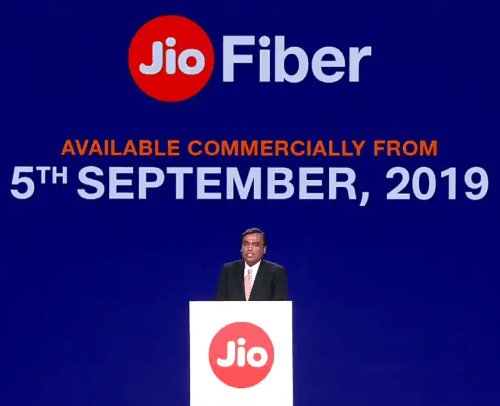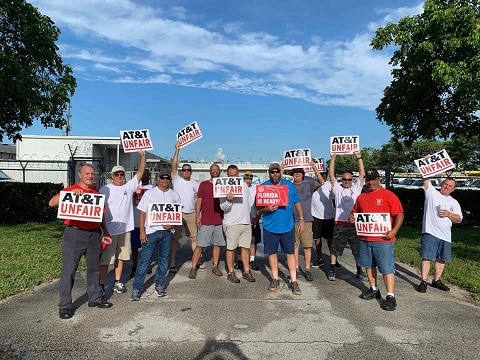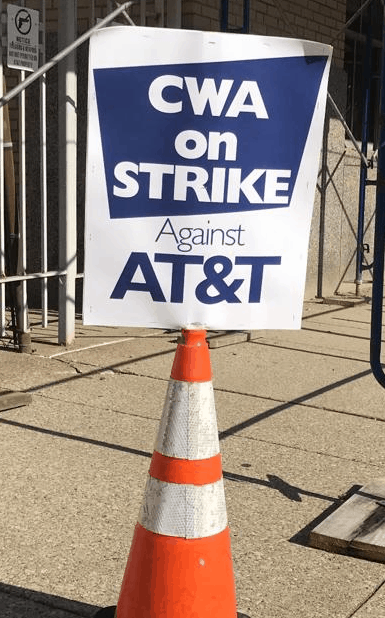Altice USA today launched its nationwide mobile phone service, offering “lifetime unlimited talk, text, and data” for $20 a month for existing Optimum and Suddenlink customers, $30 a month for non-customers.

Altice has agreements with Sprint and AT&T to host its wireless service on both provider’s 4G LTE networks when customers are outside the range of a suitable Wi-Fi network. Altice’s plan is designed with pricing simplicity — $20 per line, up to five lines per account. A $10 activation fee may apply and prices do not include taxes, fees, and surcharges. The plan provides:
- unlimited data, text, and talk nationwide (up to 50 GB data usage per month, after which speed is subject to throttling to 128 kbps for the rest of the billing cycle),
- unlimited mobile hotspot (speed limited to 600 kbps),
- unlimited video streaming (streaming video will play “at DVD 480p quality”),
- unlimited international text and talk from the U.S. to more than 35 countries, including Canada, Mexico, Dominican Republic, Israel, most of Europe, and more, and,
- unlimited data, text and talk while traveling abroad in those same countries.
 Altice discloses customers connected to 4G LTE service should expect download speeds of 6-8 Mbps and upload speeds of 2-3 Mbps with “round-trip latency of less than 100 ms.” If you connect to a 4G LTE Advanced cell tower, customers can expect faster download speed of 12-30 Mbps. Altice does not allow customers to connect to 3G service and does not support 5G service at this time.
Altice discloses customers connected to 4G LTE service should expect download speeds of 6-8 Mbps and upload speeds of 2-3 Mbps with “round-trip latency of less than 100 ms.” If you connect to a 4G LTE Advanced cell tower, customers can expect faster download speed of 12-30 Mbps. Altice does not allow customers to connect to 3G service and does not support 5G service at this time.
Altice claims its mobile plan can save customers up to $600 per year for one line, and up to $1,100 per year for households and families with five lines. It is also the first cable mobile plan that will accept non-customers, at a higher price. Non-Optimum or Suddenlink customers (or current customers who discontinue cable service or who fall seriously past due on their accounts) will pay $30 a line, a $10 premium.
Altice claims its mobile network welcomes customers bringing their own devices, and offers an online compatibility checker. But an FAQ claims Altice Mobile is currently only able to support iPhone for Bring Your Own Phone service. It must be iPhone SE, 6 or newer, and operate iOS 12.2 or above.
In contrast, Comcast and Charter both accept a wider range of devices and rely on Verizon Wireless’ 4G LTE network, but at a price of $12-14/GB or $45/month for unlimited talk, text, and data. Those two cable companies only sell mobile service to customers subscribed to their home broadband services.


 Subscribe
Subscribe Spectrum customers in Southern California are gradually getting a free upgrade to 200 Mbps — twice the usual Standard speed, starting with new customers.
Spectrum customers in Southern California are gradually getting a free upgrade to 200 Mbps — twice the usual Standard speed, starting with new customers.
 Charter Communications has set the stage for a Wall Street-pleasing boost in average revenue per user (ARPU) with a major broadband rate hike planned for this fall.
Charter Communications has set the stage for a Wall Street-pleasing boost in average revenue per user (ARPU) with a major broadband rate hike planned for this fall.
 Young
Young 